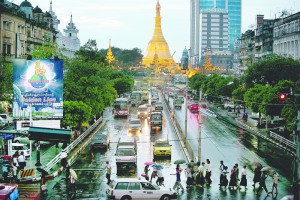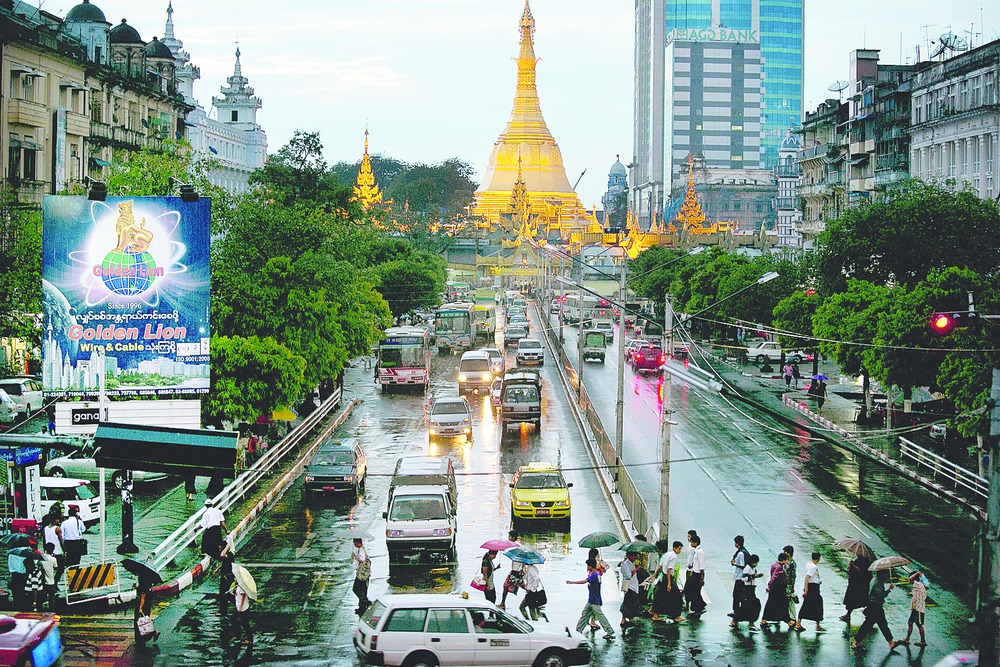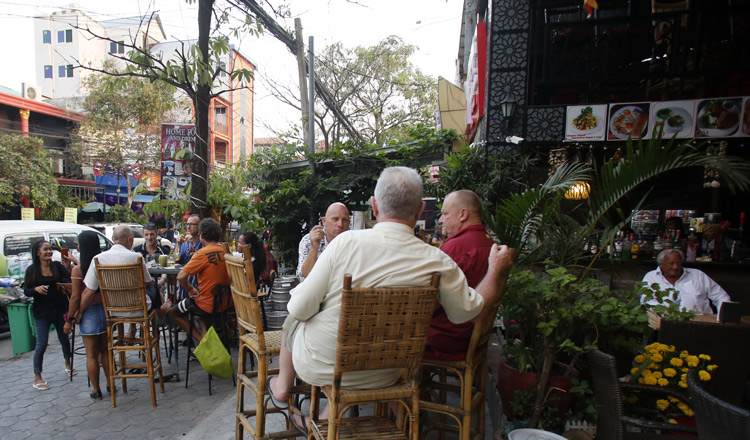Myanmar agrees to change driving rules for highway

The Narendra Modi government has persuaded Myanmar to pick left over right – not for its politics or economy but for the side of the road cars and trucks will drive down while using a three-nation motorway that also includes Thailand.
India, Myanmar and Thailand have resolved a key dispute that was holding up their 3,200km trilateral highway that New Delhi views as strategically critical for connectivity with Southeast Asia. The region, as a collective, is India’s fourth-largest trading partner.
Vehicles drive on the left side of the road in India and Thailand that will bookend the highway, but on the right in Myanmar, home to the largest stretch of the road.
But Myanmar, prodded by India in particular, has now agreed to allow vehicles on the trilateral highway to follow rules different from the rest of that country and drive down the left side of the road, senior officials familiar with the negotiations have said.
The tussle over the side of the road vehicles must drive on may appear little more than a logistical challenge, but is rooted the world over in questions of national identity that are even fresher in Asia where many countries were colonies just decades ago.
Scotland’s nationalists, for instance, had only last year promised that they would break from the British drive-on-the-left rule if they won the independence vote they eventually lost.
For India, the tussle over the trilateral highway was particularly worrying, officials said, because it threatened to add a previously unanticipated layer of challenges to an already much-delayed project in a sensitive neighbourhood. The highway was to be complete by 2016; now, officials have set the deadline back by two years to 2018.
India’s fears of a drive-on-the-right strip in its territory is also fuelled by concerns over law violations and chaos – especially for foreign vehicles – in a country where breaking traffic rules is the norm in many parts.
“The highway is crucial, and not just from the economic point of view,” Rahul Mishra, a Myanmar specialist and research fellow at the Indian Council of World Affairs, a New Delhi-based think-tank, told The Telegraph. “It is very important from the security perspective – in assisting forces in counter-insurgency and in operations against narcotics trade.”
Myanmar’s acceptance of the British system of driving on the left for the trilateral highway represents a twist to the region’s roadways history. As a British colony, vehicles in the country – then called Burma – would drive on the left of the road, as in India and the rest of South Asia.
But unlike India, which continued with this policy, the military junta in Myanmar in 1970 switched the country’s approach, forcing vehicles to drive down the right. It is the new government of the Aung San Suu Kyi-led National League for Democracy, which came to power late last year, that has agreed to the exception in rules for the trilateral highway.
Thailand, one of the few countries in the region that was not colonised by a European power, had adopted the drive-on-the-left rule in part because its neighbour to the south, Malaysia, and to the west, Myanmar, had that system as British colonies. Malaysia still drives on the left.
But Myanmar, too, had powerful arguments in its favour while trying to convince India and Thailand to continue with its national policy for the trilateral highway, said officials in New Delhi.
The three countries have announced plans to try and expand the highway eventually to Laos, Cambodia and Vietnam too. All these countries drive on the right of the road, a policy adopted during French occupation. A drive-on-the-right highway would be easier to expand into these countries, Myanmar argued.
That most of the highway – over 2,000km – will fall in Myanmar should tilt the overall approach in its favour, the country said.
Finally, it also pointed to a slew of nations, including Myanmar itself, that had dealt with border crossings into countries which drive on opposite sides of the road without changing the policy for roads in their territory.
Myanmar has two bridges with Thailand where traffic signals are used to direct vehicles on to the other side of the road at the border crossings. Thailand, in turn, has traffic signal mechanisms with Laos.
Mainland China, which drives on the right, has crossover bridges and intersecting roads connecting it to Macau and Hong Kong, former British territories that drive on the left. Guyana (left) and Brazil (right) have a similar bridge.
Simple signposts, too, have worked in some cases – such as with roads connecting Kenya (left) and Ethiopia (right), and Nepal (left) and China (right).
India, too, manages with just a signpost at the Nathu La crossing with China.
But officials expect the traffic volume along the trilateral highway to exceed over 10 times the traffic along the crossings with China that are principally used only for local trade and security purposes. Vehicles are expected to drive at close to 100kmph on the trilateral highway.
Any change in the side of the road traffic is meant to ply on, at the India-Myanmar crossing on the highway, could trigger a chaotic pile-up and even accidents, officials here cautioned.
Source: http://www.telegraphindia.com/1160302/jsp/nation/story_72331.jsp#.VuK7Vstf3rd


